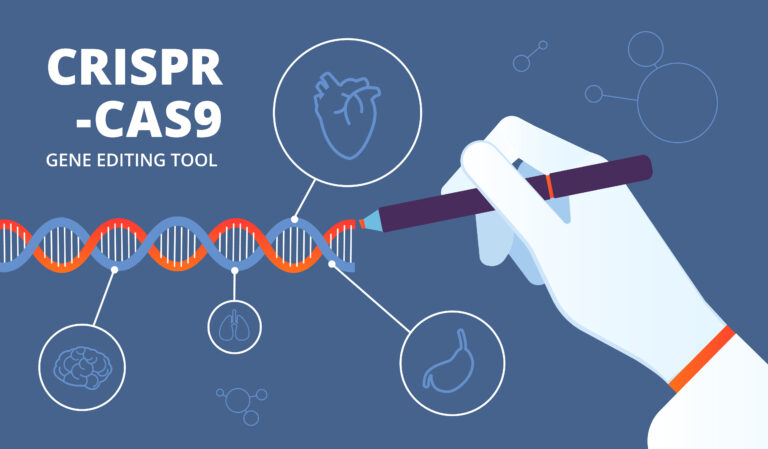Actin binding proteins (ABPs) have a wide variety of functions in regulating the cellular function of actin. They control G-actin polymerization but also drive actin filaments severing and cross-linking to form complex cytoskeleton networks. Here, I’d like to review the recent research reagents aimed at studying actin regulation.
Cell biologists working on oncology or cytoskeletal studies, for example, are looking more and more for broad sources of purified Actin Binding Proteins (ABPs). In this post, I’ve made a selection of the most popular ABPs validated for in vitro cytoskeleton tests and actin-based functional assays.
Capping and Actin severing proteins
 Capping proteins regulate actin filament dynamics by blocking addition and loss of G-actin monomers to the actin filament.
Capping proteins regulate actin filament dynamics by blocking addition and loss of G-actin monomers to the actin filament.
- CapZ – this ABP caps the barbed end of actin filaments in muscle cells
- Gelsolin – an ABP controlling actin filament length. Its activity can be modulated by Calcium, pH , polyphosphoinositides and post-translational modifications.
Focal adhesion proteins
- Talin – an ABP which contains actin, vinculin and integrin binding sites, and an N-terminal region with a FERM domain. Talin ensures actin crosstalking by interacting with phospholipids, signaling molecules…
- Vinculin – an ABP with cell-cell and cell-matrix junctions, where it is thought to function as one of several interacting proteins involved in anchoring F-actin to the membrane.
Bundling and crosslinking proteins
-

Filamin / Atto 488-Actin network Filamin – A crosslinker of actin filaments to form orthogonal and flexible actin networks.
- alpha-Actinin – a Calcium-sensitive F-actin filament binding and crosslinking protein.
- Fascin – A monomeric ABP, bundling actin filaments with its two actin-binding sites.
Actin sequestering proteins
- Thymosin beta-4 – A sequester of actin monomers by forming complexes with G-actin. Thymosin beta-4 maintains the pool of unpolymerized actin.
- Profilin – A protein with actin binding activity thus inhibiting actin polymerization.
F-actin stabilizing and regulatory proteins
- Tropomyosin – In skeletal muscle, the Tropomyosin dimer form binds laterally to the actin filament, strengthening actin networks.
- Tropomyosin-Troponin – a regulator of striated muscle contaction. This complex (composed of tropomyosin, troponin C, I, and T) regulates Myosin II interaction with actin.
F-actin depolymerizing proteins
- Cofilin – An ABP that binds and depolymerizes filamentous F-actin while inhibiting the polymerization of G-actin.
Nucleating and Motor proteins
- Arp 2/3 complex – a protein complex at the origin of branched F-actin networks by creating nucleation cores.
- WASP VCA – VCA domain of human WASP protein, which activates the Arp 2/3 complex.
- Myosins – myosins are motor proteins (ex. Myosin II, Myosin S1, cardiac Myosin…). When interacting with actin, they generate muscle force.
- Gelsolin (see above).
Where can you find robust cytoskeletal research tools?

Over the years, Cell biologists at tebu-bio have collected and selected robust sources of manufacturers known to be involved in cytoskeletal research.
In addition to ABPs, tebu-bio’s experts have also chosen a unique range of functional actin assays, such as Actin Binding, Actin Polymerisation, in vivo F-actin : G-actin ratio measurements, Atto-labeled actins photo stabile fluorescent dyes (a variety of colors are available!)…

For researchers’ convenience, a dedicated Actin Product Guide is available online.
So, what about you? How do you study cytsokeletal and actin-based mechanisms?



